 You didn't think I forgot about the donuts for the cider mill trip on Thursday, did you? Since the local winter squash and pie pumpkins are in Alex has rediscovered them as favorite vegetables. He's been licking bowls of baked squash clean so I've been keeping a stock ready in the fridge. This lead me to use some baked pumpkin in donuts. Searching online found me a pumpkin donut recipe on Epicurious that has been tested by a couple of foodbloggers already. I initially planned on just substituting the dairy ingredients but upon realizing we were out of eggs I veganized instead. I don't claim that the pumpkin and tablespoon of flaxseed meal make these healthy but they are spicy and delicious. Have some friends around to drink cider and share these with. Alex was a huge fan of them.
You didn't think I forgot about the donuts for the cider mill trip on Thursday, did you? Since the local winter squash and pie pumpkins are in Alex has rediscovered them as favorite vegetables. He's been licking bowls of baked squash clean so I've been keeping a stock ready in the fridge. This lead me to use some baked pumpkin in donuts. Searching online found me a pumpkin donut recipe on Epicurious that has been tested by a couple of foodbloggers already. I initially planned on just substituting the dairy ingredients but upon realizing we were out of eggs I veganized instead. I don't claim that the pumpkin and tablespoon of flaxseed meal make these healthy but they are spicy and delicious. Have some friends around to drink cider and share these with. Alex was a huge fan of them.Vegan Pumpkin Donut Holes
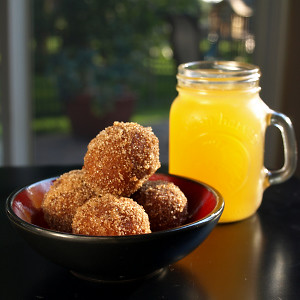
Inspired by a Bon Appétit Pumpkin Doughnut Recipe
Makes ~70 (1-inch) holes
(This is smaller than the average donut hole. You may need to adjust the frying time if you choose to make larger holes. Cook 1-2 as a test batch and cut them open to make sure the inside is fully cooked.)
1 tablespoon flaxseed meal
2 tablespoons warm water
1/4 cup soy milk
1/4 teaspoon apple cider vinegar
1 3/4 cup all-purpose flour
2 teaspoons baking powder
1/4 teaspoon baking soda
1/2 teaspoon salt
3/4 teaspoon ground cinnamon
1/4 teaspoon ground ginger
1/8 teaspoon freshly grated nutmeg
tiny pinch of ground cloves
1/2 cup sugar
2 tablespoons margarine
1 teaspoon vanilla
1/2 cup cooked pumpkin puree (or canned pumpkin)
-In separate small bowls mix together flaxseed meal with the water and the soy milk with the vinegar. Set aside for a few minutes.
-Mix together the flour, baking powder, baking soda, salt and spices.
-Beat together the sugar and margarine. It won't cream together but you want to evenly distribute the margarine.
-Add the flaxseed meal and beat until creamy. Add the vanilla, pumpkin and soy milk mixture and stir together.
-Add the dry ingredients in 3-4 stages mixing almost until combined each time. With the final addition of dry ingredients mix just until combined.
-Cover and chill the dough for at least an hour.
-Lightly flour a baking sheet and set aside. Press the dough out to 1/2 inch thickness on a lightly floured surface. Cut the holes with a 1 inch circle cutter. Set the cut holes on the floured baking sheet. Press the scrapes together and repeat until all the dough is cut into circles.
-Heat several inches of oil in a heavy bottomed pot slowly over medium low heat. Have a frying thermometer ready and watch the oil's temperature.
-Set a cooling rack over a baking sheet near the frying area. Begin frying donuts when the oil reaches 365-370 degrees F. Gently drop 3-5 holes at a time into the hot oil. Rotate the donut holes with a wire spider strainer or slotted spoon for 2 minutes. Remove and allow to cool slightly before tossing in spiced sugar.
Spiced Sugar: 1/2 cup sugar, 2 1/2 teaspoons ground cinnamon, 1/2 teaspoon freshly grated nutmeg
*Update: I used Earth Balance for the margarine and canola oil to fry.

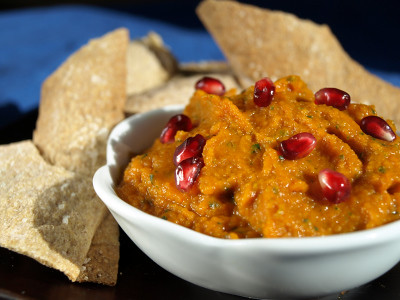



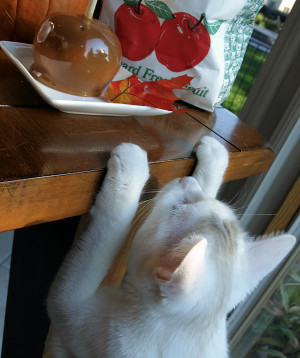


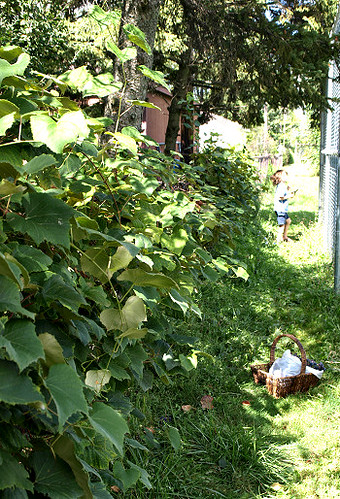
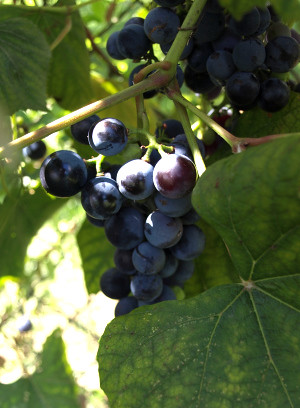

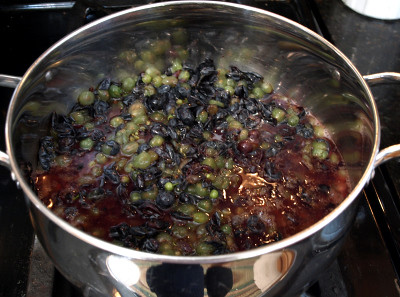

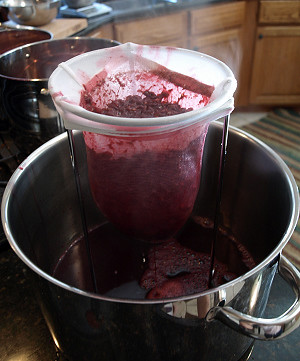


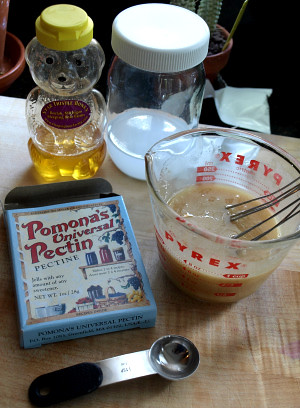

 More to come from Papou's garden, the quince will be ripe in a couple more weeks!!
More to come from Papou's garden, the quince will be ripe in a couple more weeks!!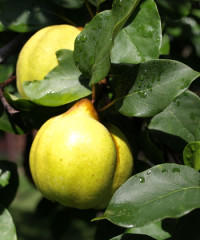



 This is my
This is my 
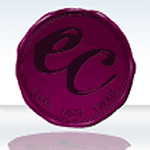
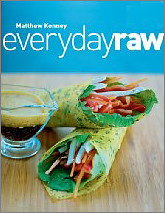

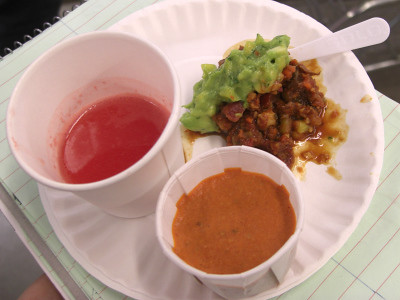
 Getting the meat out of a young coconut (note the terrifyingly giant cleaver)
Getting the meat out of a young coconut (note the terrifyingly giant cleaver)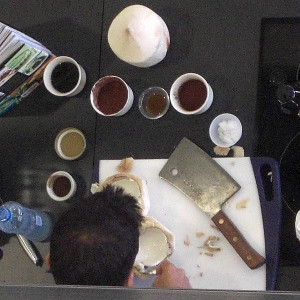 The raw tomato and summer squash torta, with cashew
The raw tomato and summer squash torta, with cashew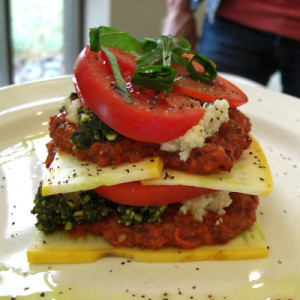 McLagan's fat class was next. She began with a discussion of how animal fats have been unfairly vilified and how the perceived health benefits of vegetable oils aren't holding up to scientific scrutiny. For her first demonstration, she used duck fat to confit garlic cloves. While interesting, I didn't see a huge advantage to this over oven roasting. She followed with talking about the types of pork fat and how to render lard. She used leftover pig skin to make cracklings that were marinaded in salt and star anise. She moved on to beef suet and made biscuits and freshly made butter. This was the best part of her presentation for me. She showed how to take frozen chunks of suet and grate them in a food processor to get a replacement for other fats (IE butter) in baked goods. She made a batch of biscuits with the grated suet that were wonderful! They were delicious, light and fluffy without any beefy taste. I just loved them!!
McLagan's fat class was next. She began with a discussion of how animal fats have been unfairly vilified and how the perceived health benefits of vegetable oils aren't holding up to scientific scrutiny. For her first demonstration, she used duck fat to confit garlic cloves. While interesting, I didn't see a huge advantage to this over oven roasting. She followed with talking about the types of pork fat and how to render lard. She used leftover pig skin to make cracklings that were marinaded in salt and star anise. She moved on to beef suet and made biscuits and freshly made butter. This was the best part of her presentation for me. She showed how to take frozen chunks of suet and grate them in a food processor to get a replacement for other fats (IE butter) in baked goods. She made a batch of biscuits with the grated suet that were wonderful! They were delicious, light and fluffy without any beefy taste. I just loved them!! Star anise marinaded pork crackling
Star anise marinaded pork crackling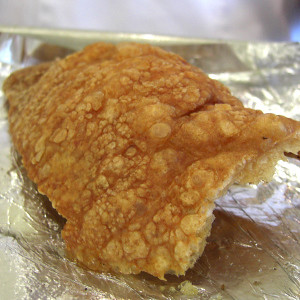 Biscuits made with beef suet
Biscuits made with beef suet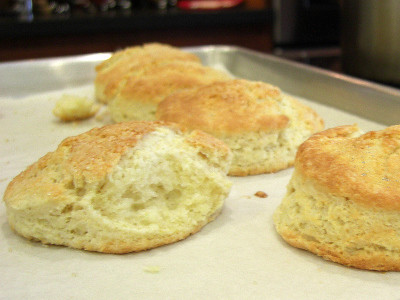 I've already talked to my butcher about getting some beef suet and he says he can get some for me. I've had a hard time finding lard in Southeast Michigan but have heard that it's much easier to find in the Traverse area. Conversely, I've been trying to decide what recipes I should try first in Everyday Raw. What attracts me to both of these cookbooks is that they are making real food. This is not the over-processed, over-salted, over-sweetened, or artificially-sweetened, artificially-colored, nutritionally devoid garbage that comes in a can or box that is shelf stable for years. Instead brilliantly new or old but underused ideas for dealing with food are employed that don't destroy the intrinsic value of the ingredients. I hope I haven't scared off forever all of the vegans with the animal fat or bored the meat eaters with the raw foods. I just feel you have to pick and choose what feels right for you. And never stop trying new things!
I've already talked to my butcher about getting some beef suet and he says he can get some for me. I've had a hard time finding lard in Southeast Michigan but have heard that it's much easier to find in the Traverse area. Conversely, I've been trying to decide what recipes I should try first in Everyday Raw. What attracts me to both of these cookbooks is that they are making real food. This is not the over-processed, over-salted, over-sweetened, or artificially-sweetened, artificially-colored, nutritionally devoid garbage that comes in a can or box that is shelf stable for years. Instead brilliantly new or old but underused ideas for dealing with food are employed that don't destroy the intrinsic value of the ingredients. I hope I haven't scared off forever all of the vegans with the animal fat or bored the meat eaters with the raw foods. I just feel you have to pick and choose what feels right for you. And never stop trying new things!
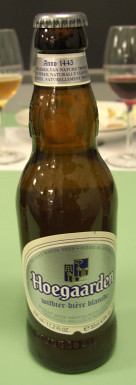
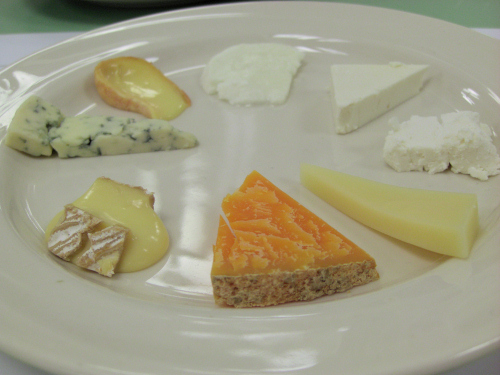
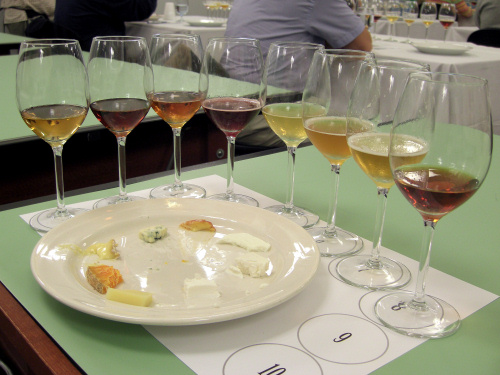 It was interesting to take more time than I usually do smelling and tasting the beers and comparing them with and without the cheese. I wasn't very fond of the New Holland Lucid and Bass Ale, both seemed overly bitter. I liked the Delirium
It was interesting to take more time than I usually do smelling and tasting the beers and comparing them with and without the cheese. I wasn't very fond of the New Holland Lucid and Bass Ale, both seemed overly bitter. I liked the Delirium 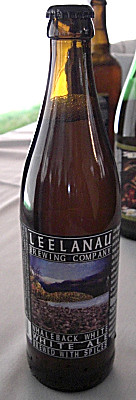
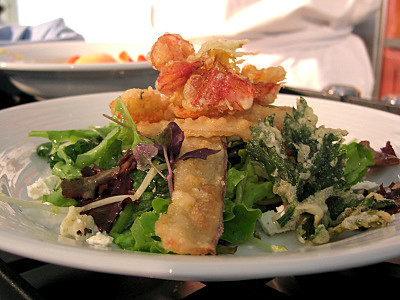
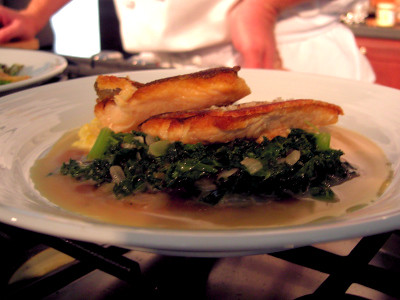

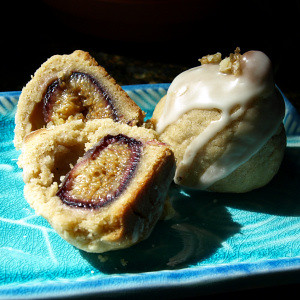

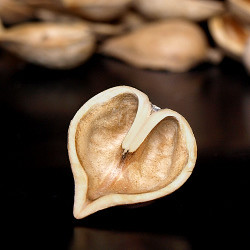
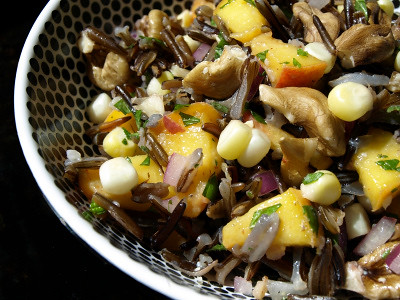
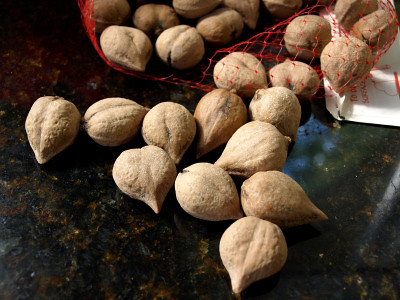 Heartnuts in the shell
Heartnuts in the shell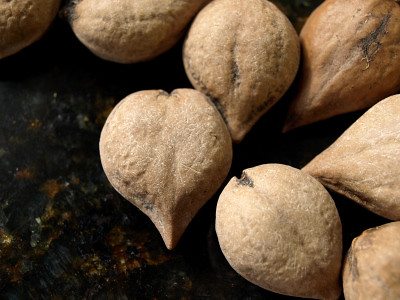
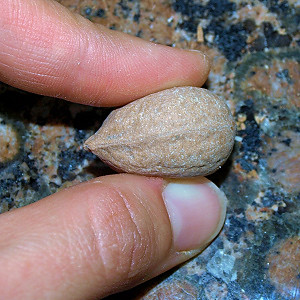 A perfect heartnut nutmeat, in the shell, cracked in the shell and empty shell
A perfect heartnut nutmeat, in the shell, cracked in the shell and empty shell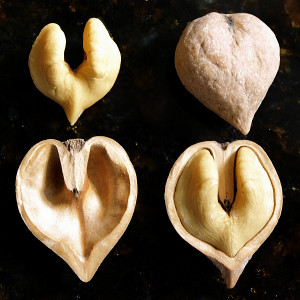
 A bonus shot of Abbie
A bonus shot of Abbie